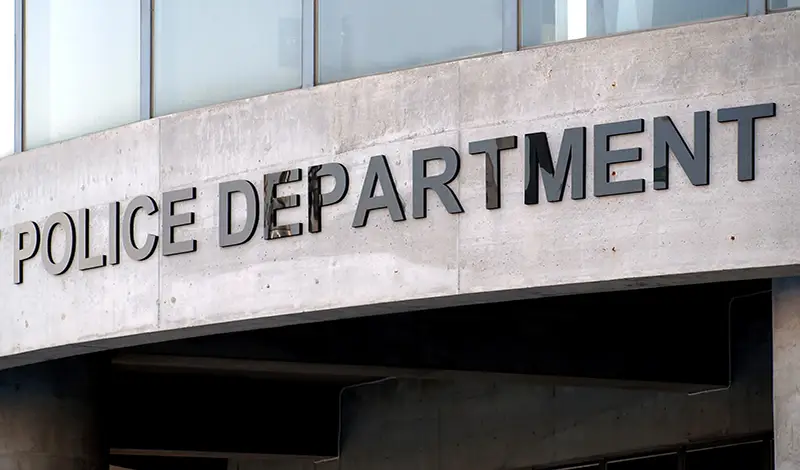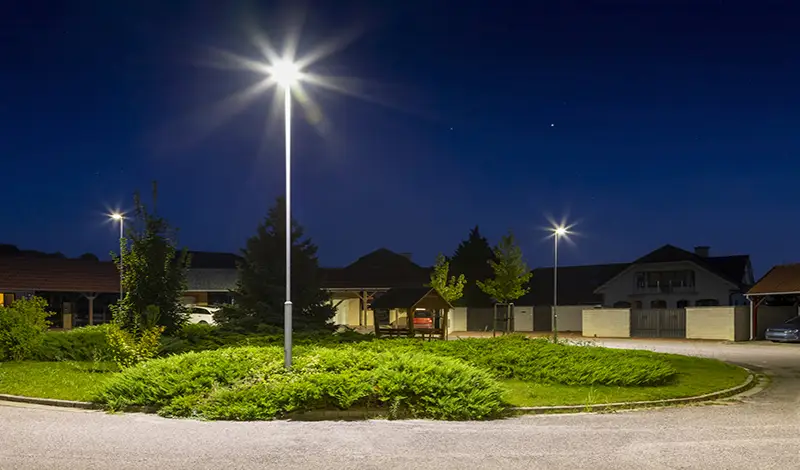How Safe is Your Future Neighborhood?
Published on January 26, 2024 | 4 Minute read

Melanie
Ortiz Reyes
Content Specialist
Finding your dream home involves more than just evaluating the property itself. It requires a thorough understanding of the safety and security offered by your prospective neighborhood. Beyond the visible charms of a locality, safety becomes the bedrock upon which you build a future for yourself and your family.
Researching Crime Rates
Begin your safety assessment by examining crime rates in the area. Utilize online crime databases, local police department reports, and crime mapping tools to gain insights into the types and frequency of incidents. A good website for this is Spot Crime. Pay attention to trends over time and focus on neighborhoods with stable or declining crime rates.
PrimeStreet Pro Tip: Collaborate with local law enforcement or community policing initiatives to gather additional insights into crime prevention efforts and neighborhood safety programs.

Analyzing Public Safety Services
The accessibility and responsiveness of public safety services are critical factors in evaluating a neighborhood's safety. Investigate the proximity and adequacy of police and fire departments, as well as the quality of medical facilities nearby. Knowing that emergency services are readily available can provide peace of mind for residents.
PrimeStreet Pro Tip: Inquire about the average response times for emergency services, as this information can be crucial in urgent situations.
Checking School Safety Ratings
Families with children must consider the safety of local schools. Research school safety ratings, examining policies related to bullying prevention, security measures, and overall student well-being. A neighborhood invested in the safety of its schools often reflects a broader commitment to the safety of its residents.
PrimeStreet Pro Tip: Attend parent-teacher meetings or school board sessions to engage with the educational community and gather firsthand perspectives on safety.

Exploring Neighborhood Lighting and Infrastructure
The physical environment of a neighborhood plays a pivotal role in its safety. Evaluate the presence of well-lit streets, maintained sidewalks, and general infrastructure conditions. Adequate lighting contributes to visibility and can deter criminal activity, while well-kept infrastructure reflects a community's pride and vigilance.
PrimeStreet Pro Tip: Conduct a thorough inspection by walking or driving through the neighborhood at various times of the day to assess lighting conditions and overall community activity.
Checking for Sexual Predators
Safeguarding your community also involves checking for the presence of registered sexual offenders or predators in the area. Online sex offender registries and local law enforcement offices can provide information about the proximity of such individuals to your potential home. A good website to check out is Family Watchdog. Awareness of their presence is crucial for informed decision-making.
PrimeStreet Pro Tip: Utilize online tools that map registered sex offenders in your area to understand their locations relative to the neighborhood you are considering.

Engaging with the Community
A robust sense of community often correlates with enhanced safety. Attend local events, neighborhood meetings, or participate in online forums to connect with current residents. Seek their perspectives on safety, inquire about any concerns, and assess the overall community engagement in maintaining a secure environment.
PrimeStreet Pro Tip: Social media groups specific to the neighborhood can be valuable platforms for real-time updates, discussions, and insights into the community vibe.
Considering Traffic and Pedestrian Safety
Traffic patterns and pedestrian safety measures contribute significantly to a neighborhood's overall safety. Evaluate the presence of well-maintained crosswalks, traffic signals, and adherence to speed limits. A neighborhood designed with safety in mind not only ensures the well-being of residents but also reflects a thoughtful urban planning approach.
PrimeStreet Pro Tip: Look for initiatives promoting pedestrian and cycling safety, as these often indicate a community's commitment to health and well-being.
Choosing the right neighborhood is a pivotal step in securing a future filled with happiness and tranquility. Remember, your future home is more than a structure, it's a part of a larger community that shapes your daily life.